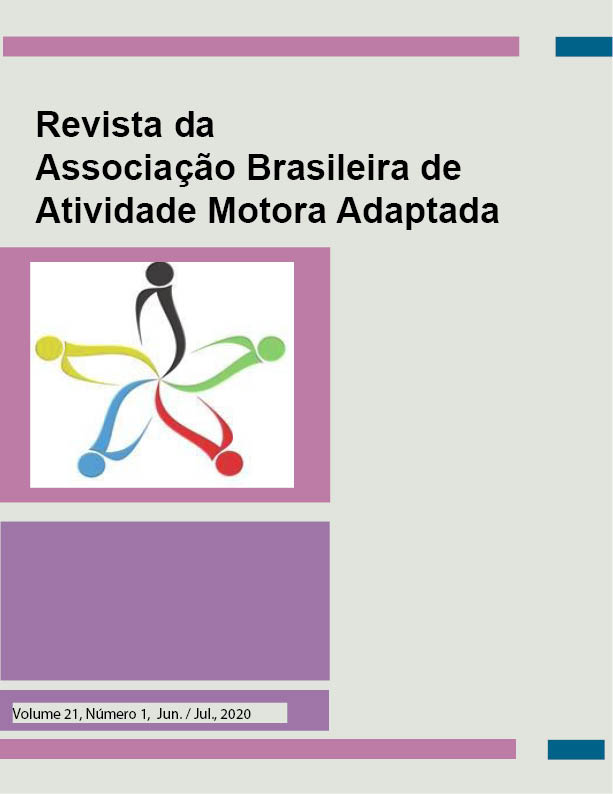PARÂMETROS DE IDADES DE ATLETAS PARALÍMPICOS: UMA ANÁLISE COMPARATIVA ENTRE MEDALHISTAS E NÃO MEDALHISTAS EM COMPETIÇÕES INTERNACIONAIS
DOI:
https://doi.org/10.36311/2674-8681.2020.v21n1.07.p77Keywords:
Performance, Paralympic Sports, Types of Disabilities, Talent Identification, Adapted Motor ActivityAbstract
This study aimed to compare the age parameters (chronological, start of sports practice, talent identification, and transition to elite level) between Paralympic athletes’ medalist and non-medalist in international competitions and as well as to verify the association between the origin of the disability and sex in achieving sporting success. Three hundred and forty-five Brazilian para-athletes from fifteen Paralympic sports participated in this study. The athletes answered an online survey containing information on age, disability, sex, and career and success milestones as medal parameters obtained in international competitions. To compare the age variables between the medalist and non-medalist athletes, Student's t-test was used for independent samples and the Chi-square test to verify the association between the types of disability (acquired and congenital) and sex (male and female) with significance level at p ? 0.05. The results demonstrated differences for the age in the transition to the elite level, which was higher for medalists athletes (p<0.001) and a significant association between medals obtained and sex (?2=4.086; p=0.043) demonstrating that female athletes have a higher percentage of medals compared to males. No differences were found for the other age parameters (p> 0.05) and no association between the origins of the disability (?2=0.244; p=0.62). We conclude that athletes who achieve more success in the elite level tend to be older and that female athletes have a higher percentage of winning medals in the long-term when compared to male athletes.
Received on: 06/01/2020
Reformulated on: 06/05/2020
Accepted: 06/05/2020




